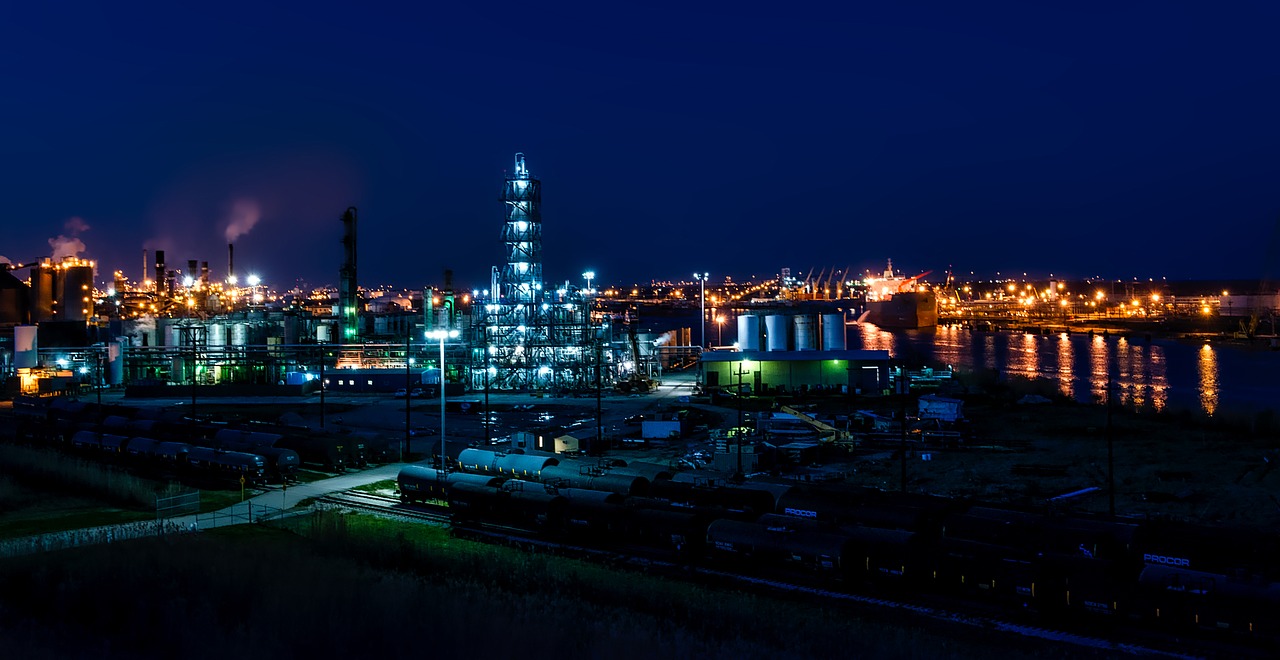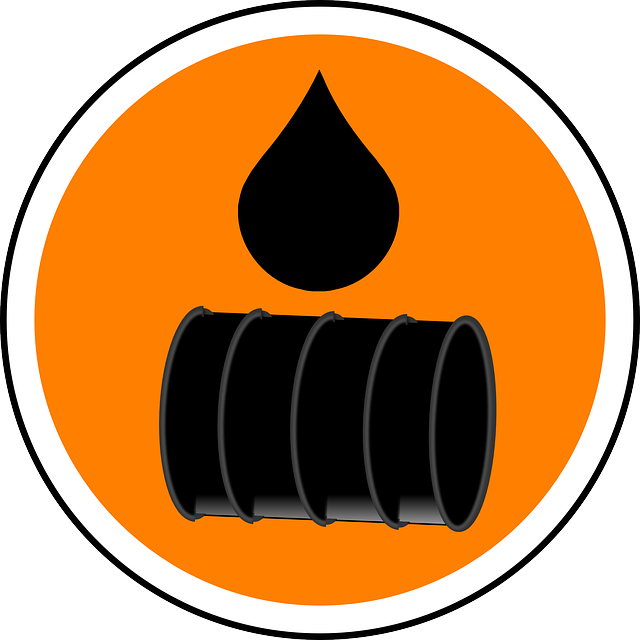Ever Wonder How Oil Refineries Work?
By on Jan 09 2017

How does that black, gooey stuff that comes out of the ground turn into the clear, easy-flowing liquid that fuels our cars and homes? The process has been fine-tuned over time and many different products come from the same black oil we pull from the ground, all thanks to oil refineries.
But before we get into the transformation process, there are a few things I'd like to explain.
Terms and Definitions
Crude oil is the unprocessed stuff that comes out of the ground. It's a fossil fuel, meaning it is the natural byproduct of decaying plants and animals. Crude oil contains hydrocarbons, which enable crude oil to transform into the many different petroleum products we use each day and feature right here on the blog in Petroleum Product of the Week.
Refining Crude Oil

The many different types of hydrocarbons in crude oil need to be separated to form the desired end products, and oil refineries do that by taking crude oil and performing fractional distillation. This process occurs when crude oil is heated and the different parts of oil (paraffin wax, gasoline, kerosene, lubricants, etc.) are extracted during their separate vaporizing temperatures. The resulting products of fractional distillation are called fractions. Fractions are then treated to eliminate any impurities and are often mixed to create specific products.
After fractional distillation, chemical processing often takes place. This is done in one of three ways: cracking, when larger chains of hydrocarbons are broken into smaller chains; unification, combining smaller chains of hydrocarbons into larger ones; or alteration, rearranging hydrocarbon chains to produce a desired product.
Oil Refineries at Work
Oil refineries do all of this work on a large scale. Some refineries process hundreds of thousands of barrels of crude oil each day. Many refineries work continually to refine crude oil, rather than refining batches at a time.
Large amounts of heat that is produced in the refining process is used to power parts of the refinery, and oftentimes power plants are built into the refinery to take up that excess heat. After the oil is refined, it is stored in tanks and towers until products are loaded on trucks, ships, or railcars for delivery.
Another important factor for a refinery that uses a lot of steam and cooling water is that it should be located on or near a large body of water. This enables transportation by sea or pipeline easier and is very practical for transportation of large amounts of oil products.
Finding and extracting oil is a through process. The below video walks through that process, from discovery to the refinery.
Refining oil and making the vast array of petroleum products is a process that has developed and changed over the years along with the advancement of technology. The processes detailed here are methods used more recently in the large refineries we see across the world today.
Sources:
http://science.howstuffworks.com/environmental/energy/oil-refining.htm https://en.wikipedia.org/wiki/Oil_refinery






